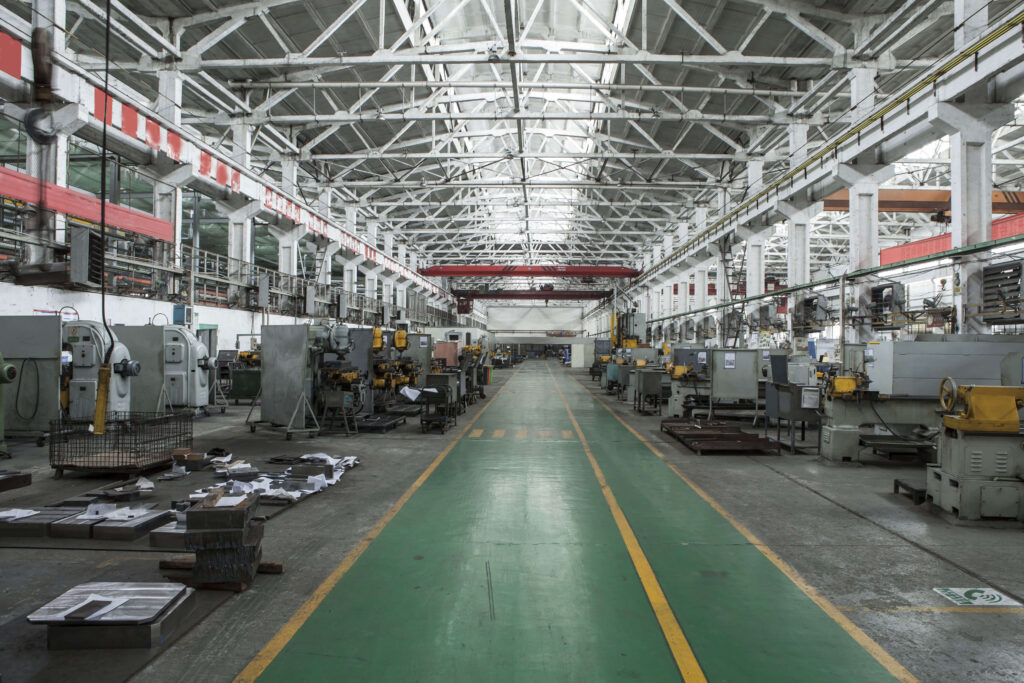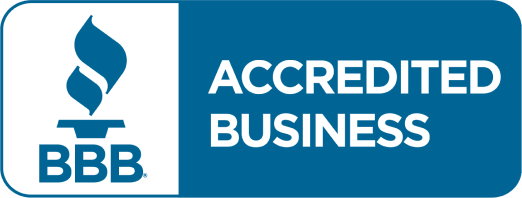

© 2024 Always Buying Scrap! • All Rights Reserved • Website by Chariot
This site protected by reCAPTCHA and the Google Privacy Policy and Term of Service apply.
 Manufacturers may have scrap metal generated from the manufacturing process. This may include pieces of steel, copper, aluminum, brass, cuttings, and shavings, broken tools, tool bits and equipment, nuts, bolts, and washers. Companies often have questions about the best way to get rid of their scrap. That’s where we come in. Our cost-effective and reliable removal solutions make the process easy while turning your scrap into money.
Manufacturers may have scrap metal generated from the manufacturing process. This may include pieces of steel, copper, aluminum, brass, cuttings, and shavings, broken tools, tool bits and equipment, nuts, bolts, and washers. Companies often have questions about the best way to get rid of their scrap. That’s where we come in. Our cost-effective and reliable removal solutions make the process easy while turning your scrap into money.
Always Buying Scrap works with many manufacturing companies in the Triangle. We take pride in being easy to work with, and we guide our customers through every step of the process. We genuinely mean it when we say that our service is second to none.

As a family-owned business, we treat you with integrity and respect.


8:00am to 4:30pm
Last customer will be let in the gate at 4:15pm.
8:00am to 12:00pm
Last customer will be let in the gate at 11:30am.


© 2024 Always Buying Scrap! • All Rights Reserved • Website by Chariot
This site protected by reCAPTCHA and the Google Privacy Policy and Term of Service apply.